Dynamics
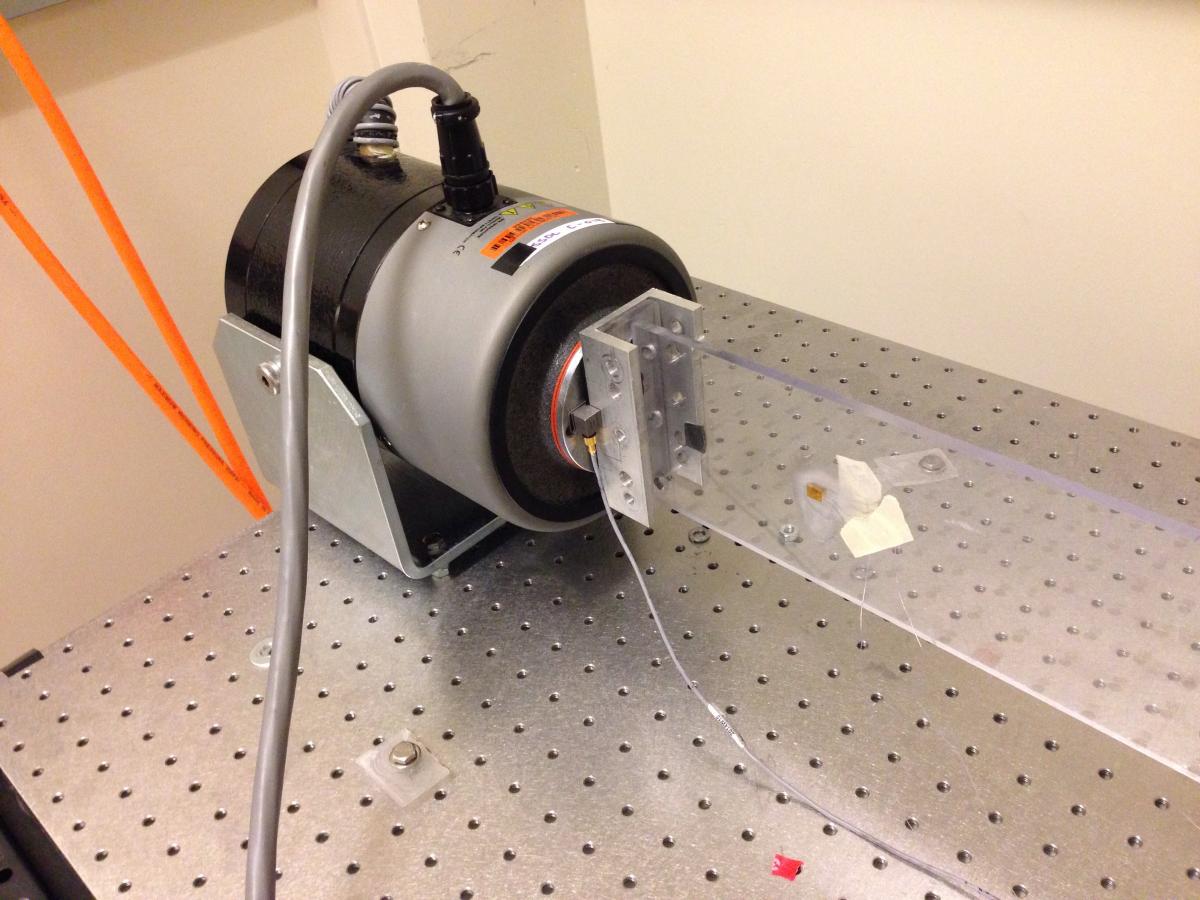 |
Labworks ET-140 Electrodynamic Shaker with Controller The Labworks ET-140 Electrodynamic shaker is the excitation device used to impart specifically engineered Mechanical waves to an attached structure. It is connected to the waveguide with a fixture that allows for easy assembly. The shaker is mounted on a pneumatically actuated vibration isolation table, to reduce the effect of any existent ambient vibrations. |
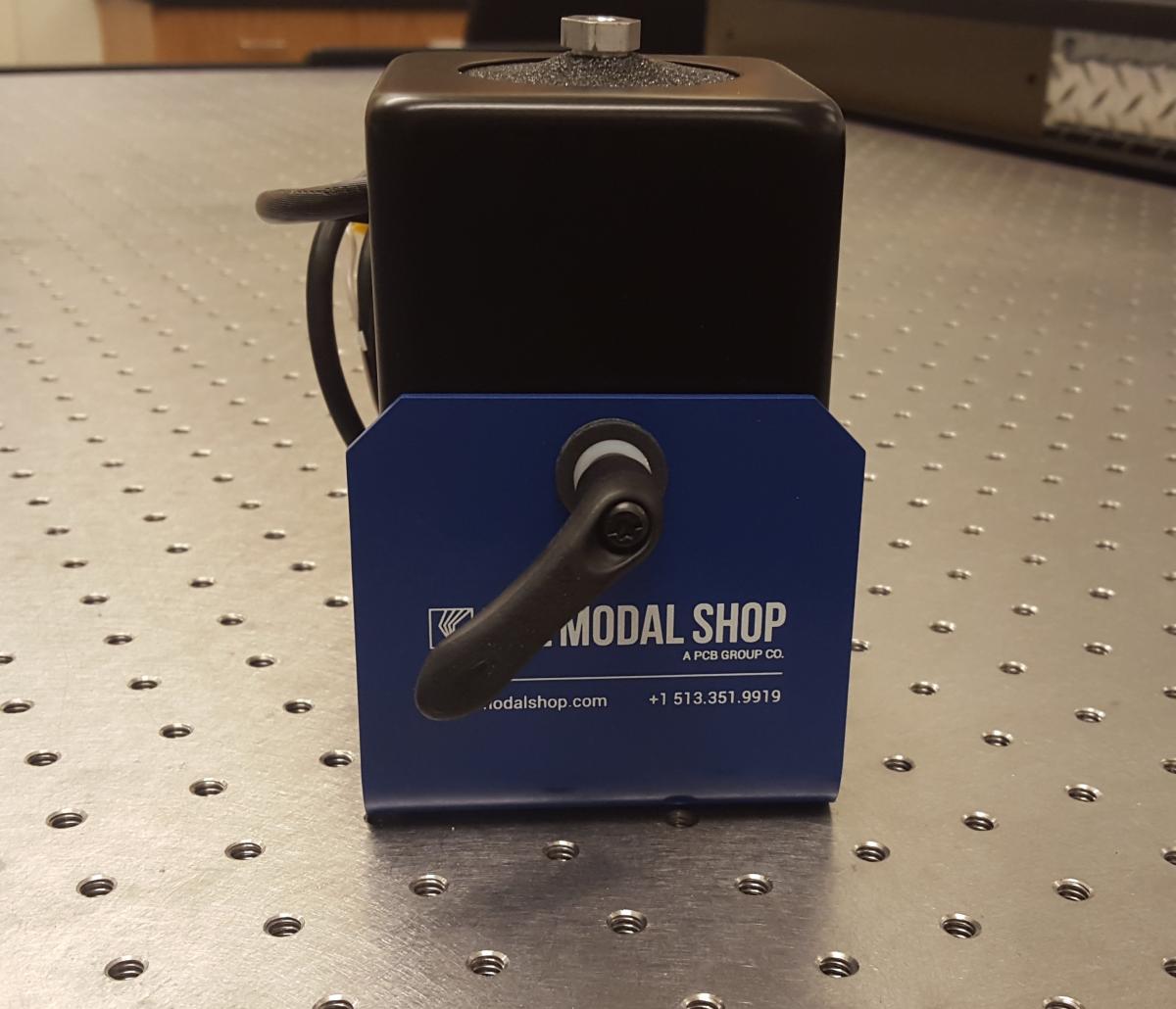 |
The Modal Shop K2007E Electrodynamic Shaker The Modal Shop K2007E electrodynamic shaker is designed for general purpose vibration testing of small components and sub-seemblies up to 9kHz. It can also be used as excitation for modal testing of small structures. The compact size of the 2007E exciter makes the shaker assembly ideally suited for applications such as production screening, reliability acceptance testing, and engineering evaluation. The armature suspension and guidance system's use of composite materials provides a high degree of lateral and rotational restraint while maintaining maximum compliance in the axis of motion to permit full 0.5" peak to peak stroke. |
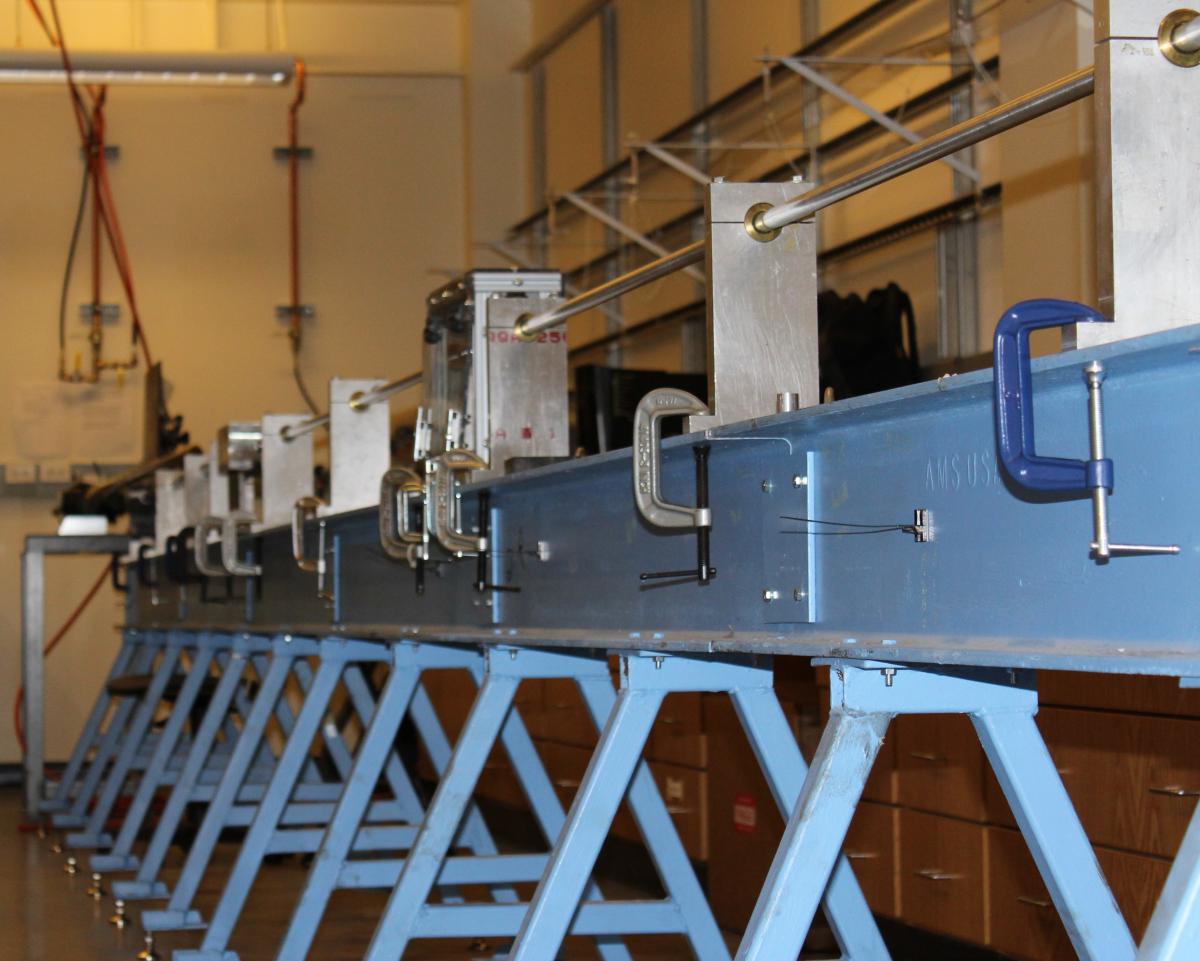 |
The Split- Hopkinson Pressure Bar The Split-Hopkinson Pressure Bar (Kolsky Bar) is used for characterize the dynamic response of materials under high strain rate loading, specifically, high strain rate loading. This is extremely important to ascertain for materials used in structures that see service in harsh dynamic conditions such as body armor, football helmets, car frames nd many more. |
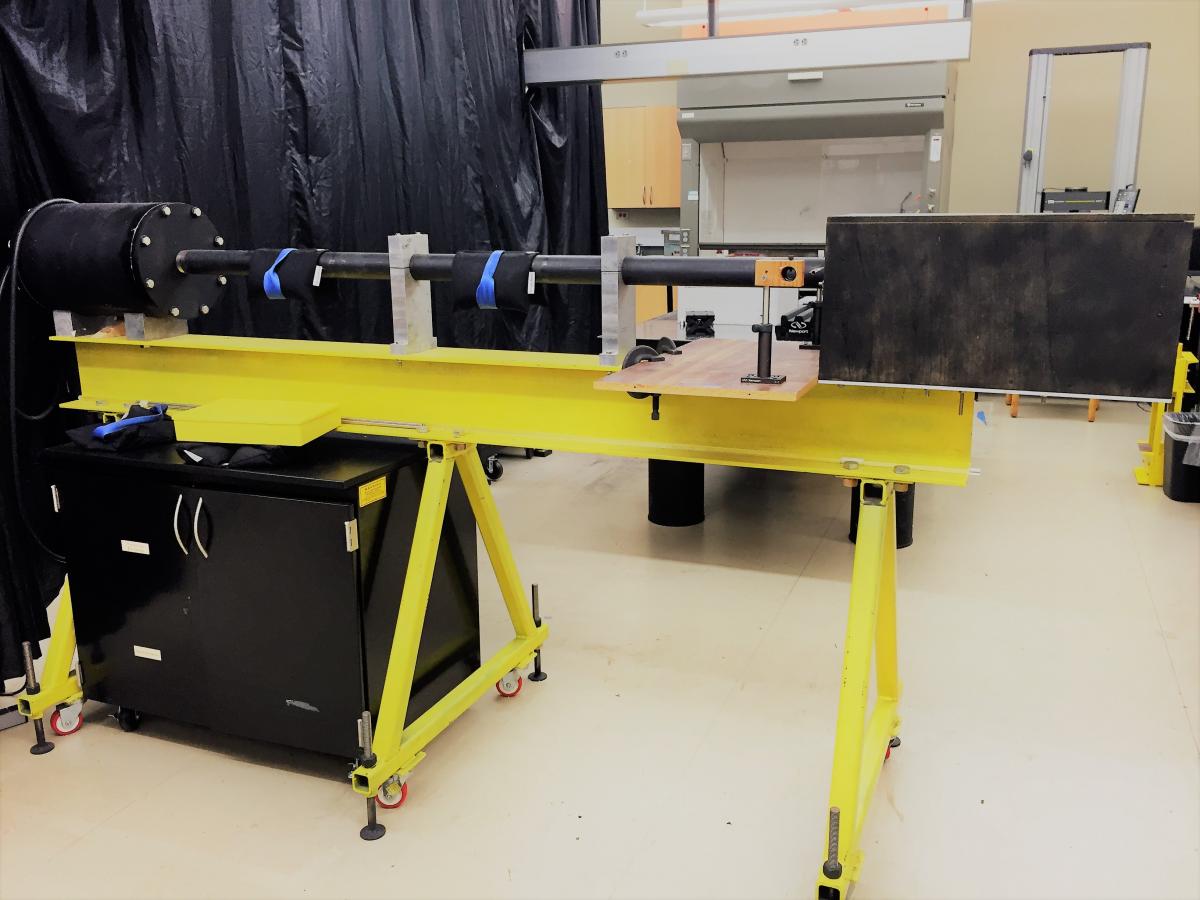 |
Large Bore Gas Gun The Large Bore Gas Gun is used for testing the deformation and penetration performance of various structures and materials under transverse impact. These include advanced body and vehicle armor materials, lightweight structural materials for aircraft and even new passive adaptive metamaterial designs. The gun has a 2.5 inch bore diameter, uses compressed air with a maximum cylinder pressure of 110 psi and can fire projectiles of various calibers through the use of sabots. |
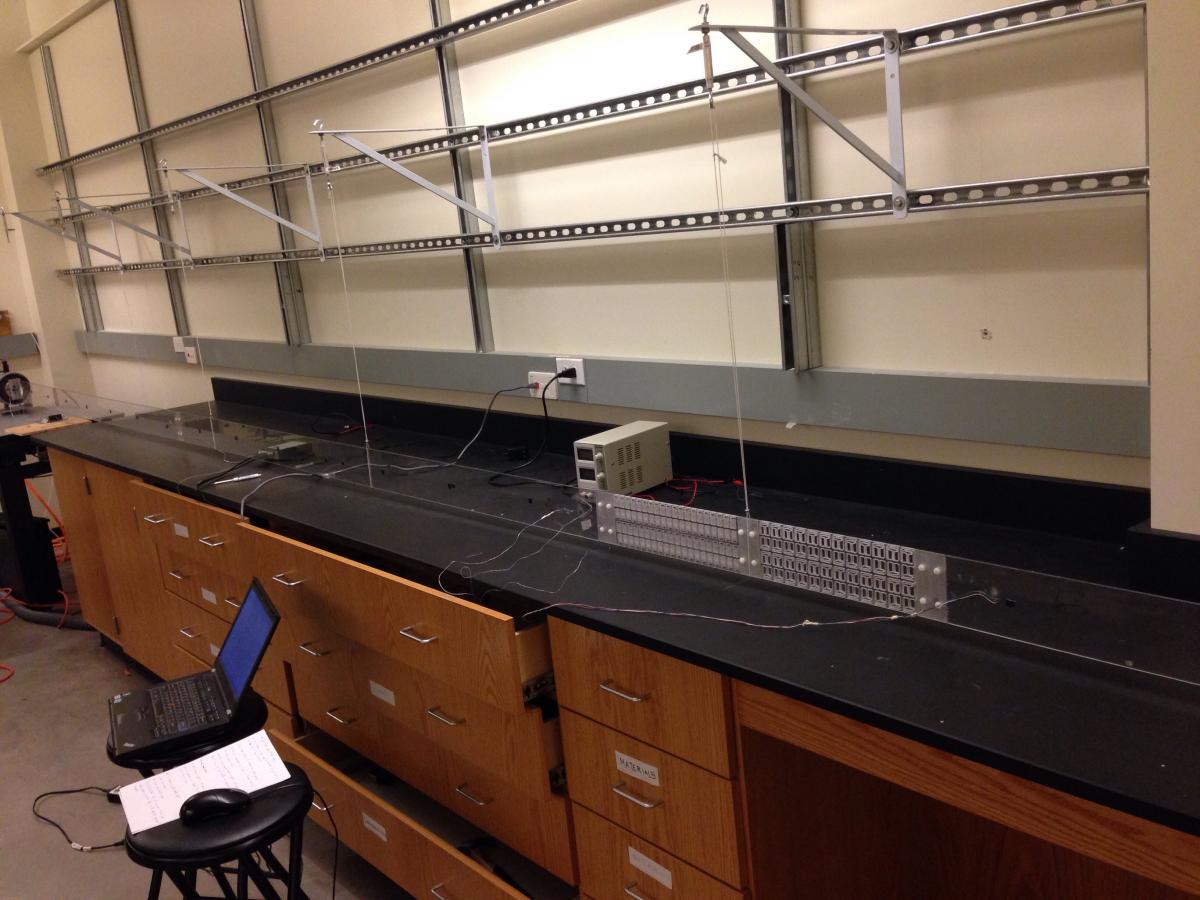 |
Waveguide Properties such as 1. Reflection, 2. Bar velocity and 3. Dispersion are quantified for the waveguide assembly, made from 0.25" thick clear polycarbonate. The long (40ft) length imparts the ability to study long wavelengths and interfaces allow for addition of specimen such as the 'amplitude dependent wave propagation specimen' (shown in fig), to study the propagation behavior of mechanical waves. |
.jpg) |
Acoustic Diode Specimen This particular specimen is an assembly of two functional units, which together are used to test amplitude dependent direction bias effect in elastic wave propagation. Each unit is a configuration of locally resonating cantilevered masses, designed to exhibit desired stiffness responses - Linear and Non-linear. These units can be employed in a test to individually determine wave attenuation due to the resonant masses. The typical resonant frequency is 300Hz and 170Hz. |
 |
Impulse Force Test Hammer The ICP Impulse Force Test Hammer adapts to FFT analyzer for structural behavior testing. Impulse testing of the dynamic behavior of mechanical structures involves striking the test object with the force-instrumented hammer, and measuring either the resultant motion with an accelerometer or the acoustic signature with a microphone. |

